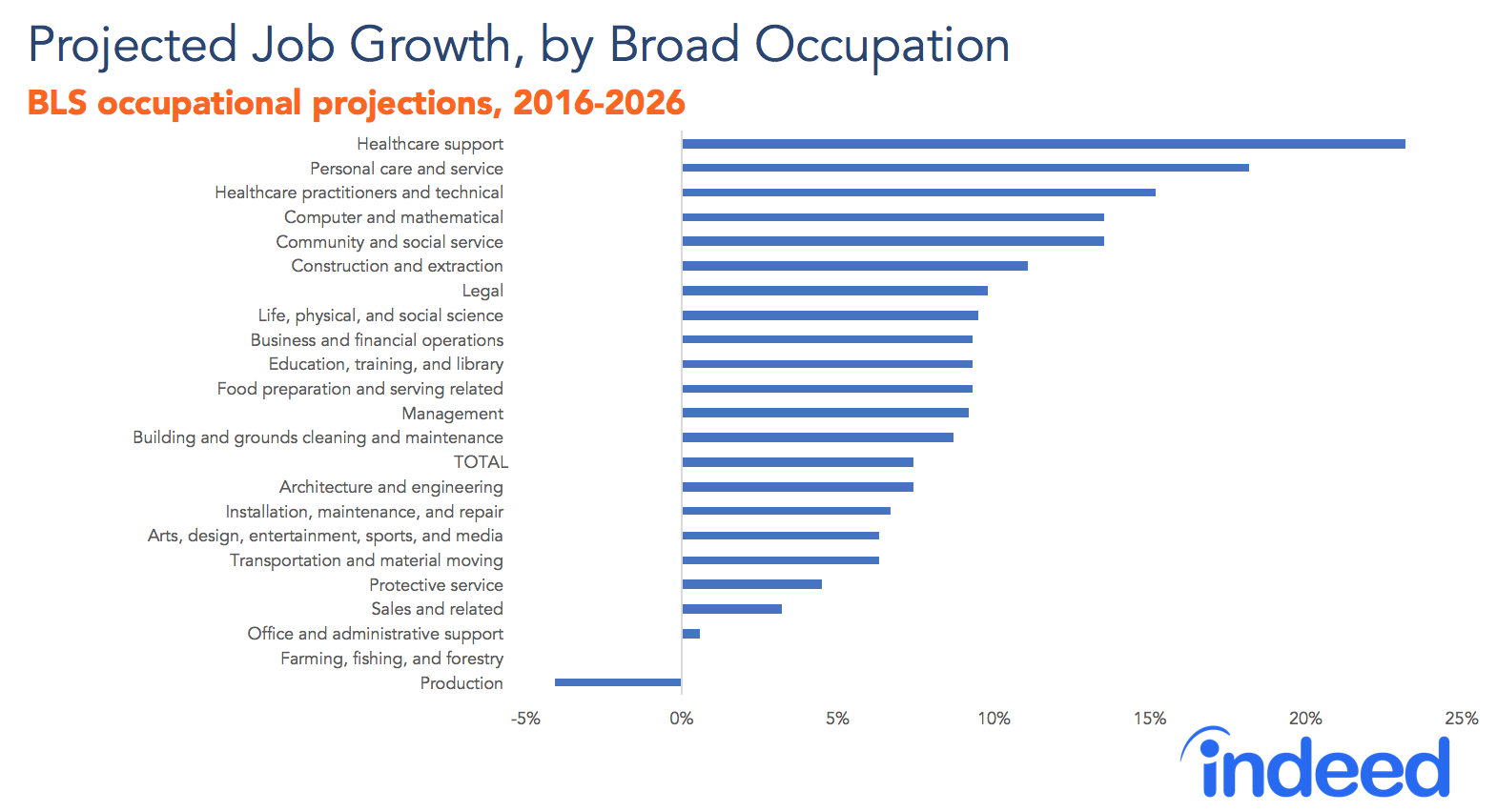Are you considering a career in dentistry? If so, pediatric dentistry may be the path for you! With a projected 20% growth in job demand from 2014 to 2024, the career outlook for pediatric dentists is very promising. Pediatric dentists specialize in providing dental care to children, ensuring their oral health from birth through adolescence. They play a crucial role in promoting dental health in children and serve as a valuable resource for parents. By diagnosing and treating oral diseases, monitoring dental development, performing surgical procedures, and providing emergency dental care, pediatric dentists make a significant impact on the lives of young patients. So if you enjoy working with children and have a passion for oral health, a career as a pediatric dentist might just be the perfect fit for you!
1. Pediatric Dentistry: An Overview
1.1 Definition and Scope
Pediatric dentistry is a branch of dentistry that focuses on providing dental care to children from birth through adolescence. It encompasses all aspects of oral health care for children, including preventive care, diagnosis, and treatment of dental and oral conditions. The scope of pediatric dentistry involves guiding and educating both children and their parents about proper oral hygiene habits and the importance of maintaining good dental health from an early age.
1.2 Importance of Pediatric Dentistry
Pediatric dentistry plays a crucial role in promoting the oral health of children. It is during childhood that children develop their primary teeth, which act as placeholders for their permanent teeth. Ensuring that these primary teeth are healthy and well-maintained is vital for proper speech development, nutrition, and overall well-being. Pediatric dentists are trained to address the unique dental needs of children and provide age-appropriate dental care, fostering a positive attitude towards oral health that can last into adulthood.

2. The Role of Pediatric Dentists
2.1 Dental Care for Children
Pediatric dentists are specially trained to provide dental care for children. They have a deep understanding of the growth and development of children’s teeth, jaws, and facial structures. They utilize techniques and approaches that are tailored to the unique needs and characteristics of children. Pediatric dentists not only diagnose and treat dental conditions in children but also emphasize preventive measures such as regular check-ups, cleanings, and fluoride treatments to maintain optimal oral health.
2.2 Resource for Parents
Pediatric dentists also serve as a valuable resource for parents. They can provide guidance on proper oral hygiene practices for children, including brushing techniques, flossing, and the use of fluoride. They can educate parents about the importance of a healthy diet and its impact on dental health. Pediatric dentists can address any concerns or questions parents may have about their child’s oral health and development, empowering parents to make informed decisions and take proactive steps to ensure their child’s dental well-being.

3. Early Dental Visits and Oral Examination
3.1 Timing of First Dental Visit
It is recommended that children have their first dental visit after the presence of their first tooth or by their first birthday, whichever comes first. This early visit allows the pediatric dentist to establish a baseline for the child’s oral health and identify any potential issues at an early stage. By intervening early, potential problems can be addressed before they worsen, potentially saving the child from unnecessary pain and complications later on.
3.2 Benefits of Early Oral Examination
Early oral examination by a pediatric dentist offers several benefits. Firstly, it enables the dentist to detect tooth decay in its early stages, which can prevent the need for extensive restorative procedures in the future. Additionally, early examination allows for the identification and management of any developmental issues, such as misalignment or malocclusion. By addressing these issues early on, pediatric dentists can guide the growth and development of the child’s dentition, potentially avoiding more complex and invasive treatments in the future.

4. Specialized Training for Pediatric Dentists
4.1 Postgraduate Residency Program
Pediatric dentists undergo specialized training through a postgraduate residency program after completing dental school. These residency programs typically last for two to three years and focus specifically on pediatric dentistry. During their residency, dentists receive comprehensive education and clinical training in all aspects of dental care for children. This includes hands-on experience in treating young patients with various dental conditions, managing behavioral challenges, and providing dental care in a child-friendly environment.
4.2 Additional Training in Pediatric Dentistry
In addition to the postgraduate residency program, some pediatric dentists pursue further training and education in specific areas of pediatric dentistry. This may involve completing additional courses or obtaining certifications in pediatric dental specialties such as orthodontics, pediatric oral surgery, or pediatric dental anesthesia. These additional qualifications allow pediatric dentists to provide more specialized care to children with specific dental needs, ensuring the best possible outcomes for their patients.

5. Job Responsibilities of Pediatric Dentists
5.1 Diagnosing and Treating Oral Diseases
One of the primary job responsibilities of pediatric dentists is diagnosing and treating oral diseases in children. This includes identifying and addressing conditions such as tooth decay, gum disease, and oral infections. Pediatric dentists utilize various diagnostic tools and techniques, such as X-rays and visual examinations, to accurately diagnose dental conditions. They then develop individualized treatment plans, which may involve procedures such as dental fillings, tooth extractions, or root canal therapy, tailored specifically to the child’s needs.
5.2 Monitoring Dental Development
Pediatric dentists closely monitor the dental development of children. They track the eruption of permanent teeth, assess the alignment and positioning of the teeth, and monitor the growth of the jaw and facial structures. By closely monitoring dental development, pediatric dentists can identify any abnormalities or irregularities early on and take appropriate measures to correct them. This may involve orthodontic treatment, such as the use of braces or other orthodontic appliances, to ensure proper alignment and occlusion.
5.3 Performing Surgical Procedures
In some cases, pediatric dentists may need to perform surgical procedures to address complex dental issues in children. This can include procedures such as dental implant placement, surgical removal of impacted teeth, or surgical repair of oral structures. Pediatric dentists receive specialized training in these surgical techniques, ensuring the safety and comfort of their young patients during these procedures. They employ child-friendly approaches and use sedation techniques when necessary to minimize anxiety and discomfort.
5.4 Providing Emergency Dental Care
Pediatric dentists are also equipped to provide emergency dental care for children. Dental emergencies can include injuries to the teeth or mouth, severe toothaches, or dental abscesses. Pediatric dentists understand the unique needs of children in emergency situations and are trained to handle these scenarios effectively. They can provide immediate pain relief, stabilize dental injuries, and take appropriate measures to prevent further damage to the child’s oral health.

6. Career Outlook for Pediatric Dentists
6.1 Projected Growth in Job Demand
The career outlook for pediatric dentists is favorable, with a projected growth in job demand. According to the U.S. Bureau of Labor Statistics, the employment of dentists, including pediatric dentists, is expected to grow by 20% from 2014 to 2024, much faster than the average for all occupations. This projected growth can be attributed to the increasing awareness of the importance of early dental care, coupled with a growing population of children requiring dental services.
6.2 Factors Contributing to Favorable Outlook
Several factors contribute to the favorable career outlook for pediatric dentists. Firstly, there is a growing emphasis on preventive dental care, with parents and caregivers becoming more aware of the importance of early dental visits and oral hygiene habits. Secondly, advancements in dental technology and treatments have made pediatric dental care more effective and comfortable, attracting more parents to seek specialized dental care for their children. Lastly, the increasing population of children, coupled with a rising demand for dental services, creates a constant need for skilled pediatric dentists to meet this growing demand.
In conclusion, pediatric dentistry is a specialized branch of dentistry that focuses on providing comprehensive dental care to children. Pediatric dentists play a vital role in promoting oral health in children, serving as a resource for parents and emphasizing the importance of early dental visits and oral hygiene habits. With specialized training and expertise in the unique dental needs of children, pediatric dentists are well-equipped to diagnose and treat oral diseases, monitor dental development, perform surgical procedures, and provide emergency dental care. The career outlook for pediatric dentists is favorable, with a projected growth in job demand driven by increasing awareness and demand for pediatric dental services.